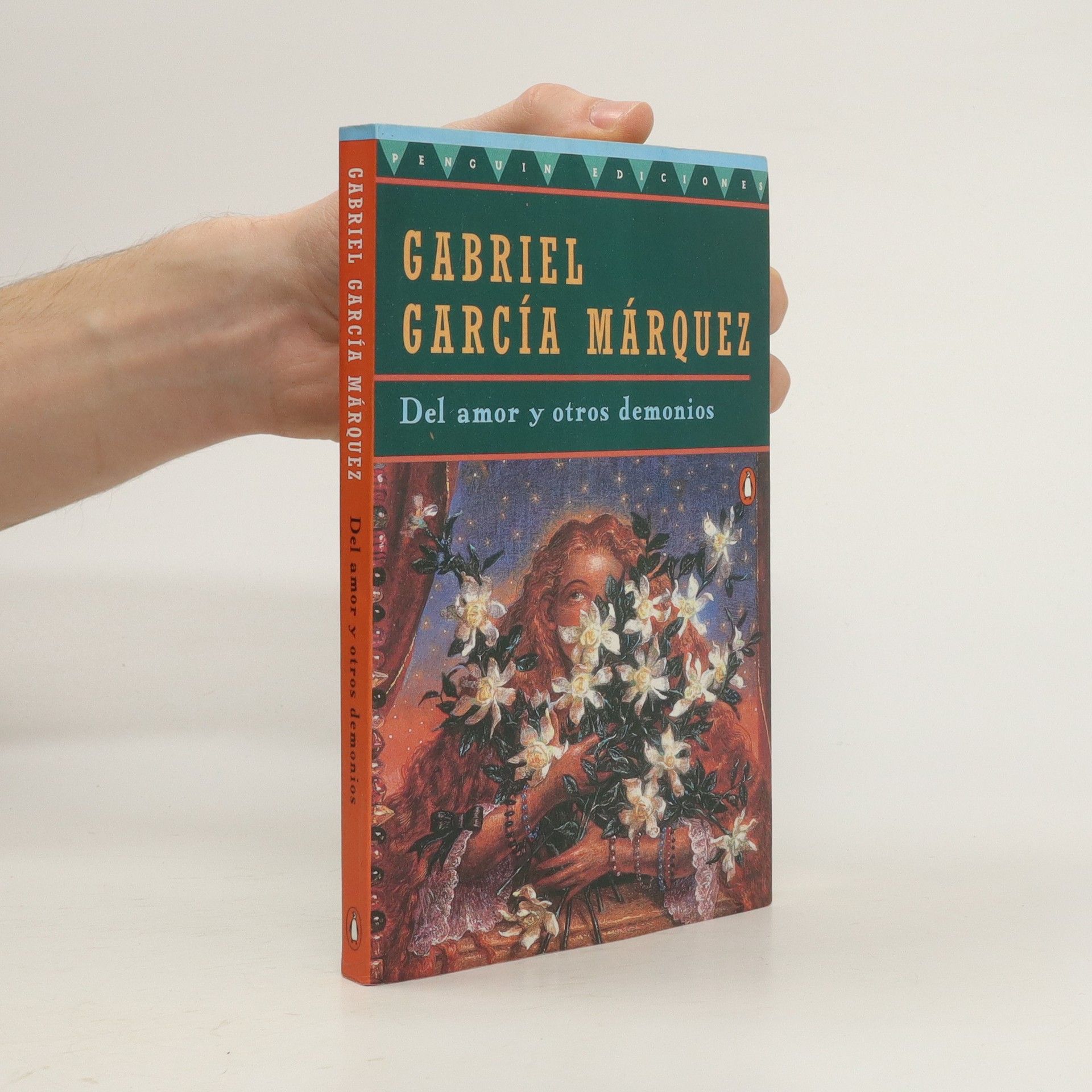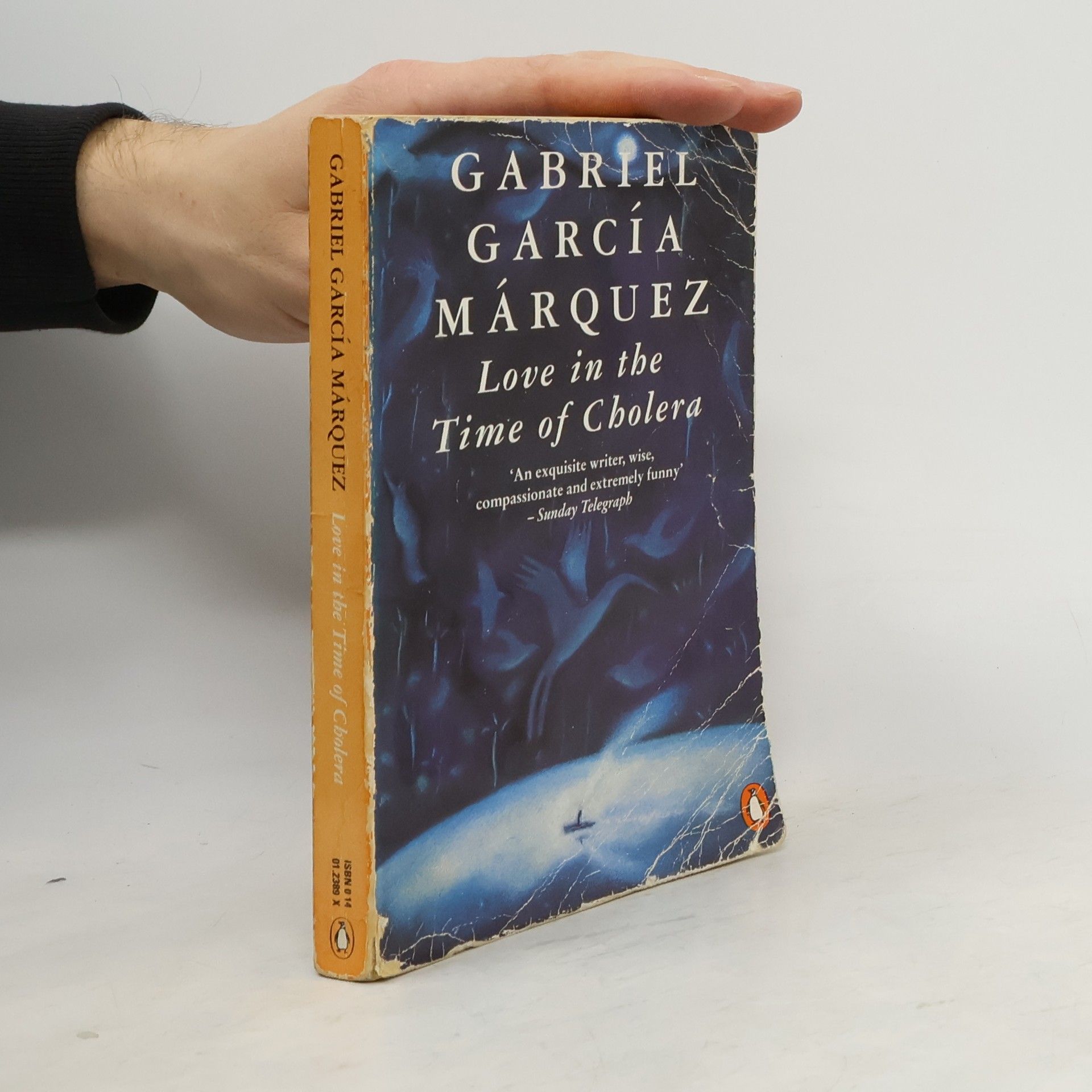Del Amor y otros demonios
- 198 pages
- 7 hours of reading
Set in the lush, coastal tropics of 18-century colonial Colombia, this is the story of Sierva Maria and the priest Cayetano Delaura, whose chaste love affair leads to their destruction.
Edith Grossman is celebrated for her masterful translations of distinguished Spanish-language authors, a craft through which she illuminates the nuances of original works for a global readership. Her approach is characterized by a profound respect for the source text, skillfully rendering complex literary voices and styles into English. Through her dedicated work, she has been instrumental in making significant Latin American and Spanish literature accessible and vibrant for new audiences. Grossman's translations allow readers to engage with these seminal works as if experiencing them in their original form.






Set in the lush, coastal tropics of 18-century colonial Colombia, this is the story of Sierva Maria and the priest Cayetano Delaura, whose chaste love affair leads to their destruction.
Translation always helps us to know, to see from a different angle, to attribute new value to what once may have been unfamiliar. This title argues for the cultural importance of translation, and for a more encompassing and nuanced appreciation of the translator's role.
'The year I turned ninety, I wanted to give myself the gift of a night of wild love with an adolescent virgin' Memories of My Melancholy Whores is a sensual and hypnotic journey through the mind of a man discovering love for the first time after a lifetime filled with hundreds of different women. The nights spent sleeping side-by-side with his 'Delgadina' fill his soul with an unexpected longing. He feels her presence when she is not there. The now passionate meditations of his newspaper columns are bound up in love and received by a rapturous, growing readership, and in his imagination - as real for him as memories - he sees them together as they might have been. This is a story of one man's reassessment of his life as he awakens to the transformative power of love.
Haunted all her life by feelings of terror and emptiness, forty-nine-year-old Urania Cabral returns to her native Dominican Republic - and finds herself reliving the events of 1961, when the capital was still called Trujillo City and one old man terrorized a nation of three million people. Rafael Trujillo, the depraved ailing dictator whom Dominicans call the Goat, controls his inner circle with a combination of violence and blackmail. In Trujillo's gaudy palace, treachery and cowardice have become the way of life. But Trujillo's grasp is slipping away. There is a conspiracy against him, and a Machiavellian revolution already underway that will have bloody consequences of its own. In this 'masterpiece of Latin American and world literature, and one of the finest political novels ever written' ("Bookforum"), Mario Vargas Llosa recounts the end of a regime and the birth of a terrible democracy, giving voice to the historical Trujillo and the victims, both innocent and complicit, drawn into his deadly orbit.
This work, the first volume of a planned trilogy, is the memoir of Nobel Laureate Gabriel Garcia Marquez. It contains details of people, places, events, family, work, politics, books and music, his beloved Columbia and parts of history and incidents that later appeared in his fiction.
These twelve extraordinary stories by South America's preeminent man of letters, the Nobel Prize-winning author of the renowned classic One Hundred Years of Solitude and the international best-seller Love in the Time of Cholera, are set in contemporary Europe and recount the peculiar and amazing experiences that befall Latin Americans visiting or living abroad. An ailing Caribbean ex-President is befriended in Geneva by an ambitious ambulance driver and his headstrong wife. Margarito Duarte comes to Rome from the Colombian Andes with a box the shape and size of a cello case in order to show the Pope its contents. A woman who wears a snake ring with emerald eyes and is known only as Frau Frieda to the Latin American students in Vienna makes a living by telling her dreams to wealthy families. A pretty Mexican music hall performer is returning to Barcelona when her car breaks down, and she ends up in an insane asylum. In Tuscany, a vacationing family visits a Renaissance castle now owned by a famous Venezuelan writer and meets up with a phantom. Maria dos Prazeres, once Barcelona's most sought-after lady of the night, has a dream in which death appears, so she begins to plan her own funeral. A widow dressed in the habit of Saint Francis sails to Rome from Argentina to meet the Pope. A beautiful Caribbean boy is driven mad in Spain. A German governess destroys the summer for her wards - and is herself destroyed. Billy Sanchez takes his pregnant wife with a cut on her ring finger to a hospital in Paris - and never sees her again. Once again in this breathtaking collection, Gabriel Garcia Marquez invites us into worlds of majesty and magic, from which we emerge spellbound.
Florentino Ariza has never forgotten his first love. He has waited nearly a lifetime in silence, since his beloved Fermina married another man. No woman can replace her in his heart. But now her husband is dead. Finally - after fifty-one years, nine months and four days - Florentino has another chance to declare his eternal passion and win her back. Will love that has survived half a century remain unrequited?